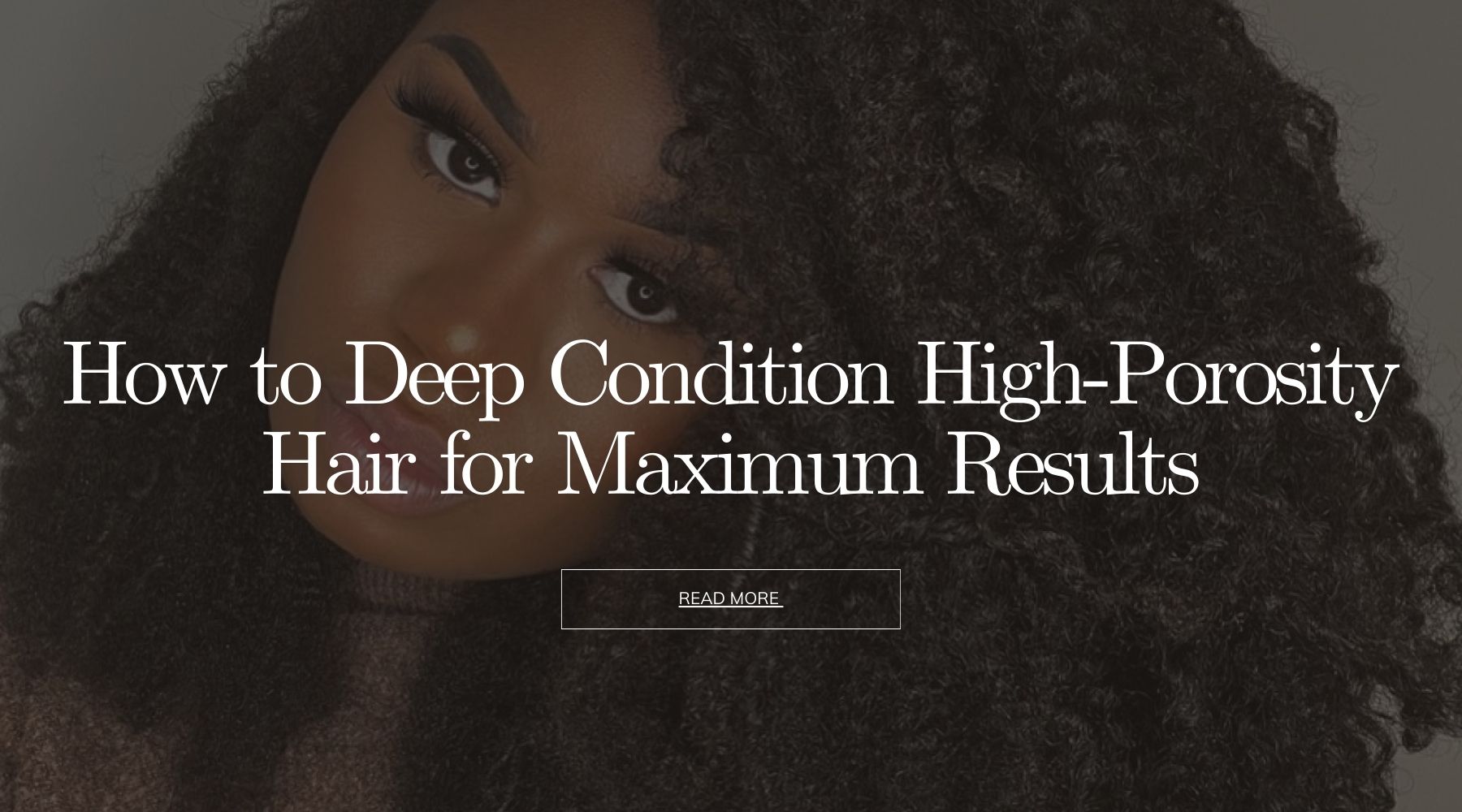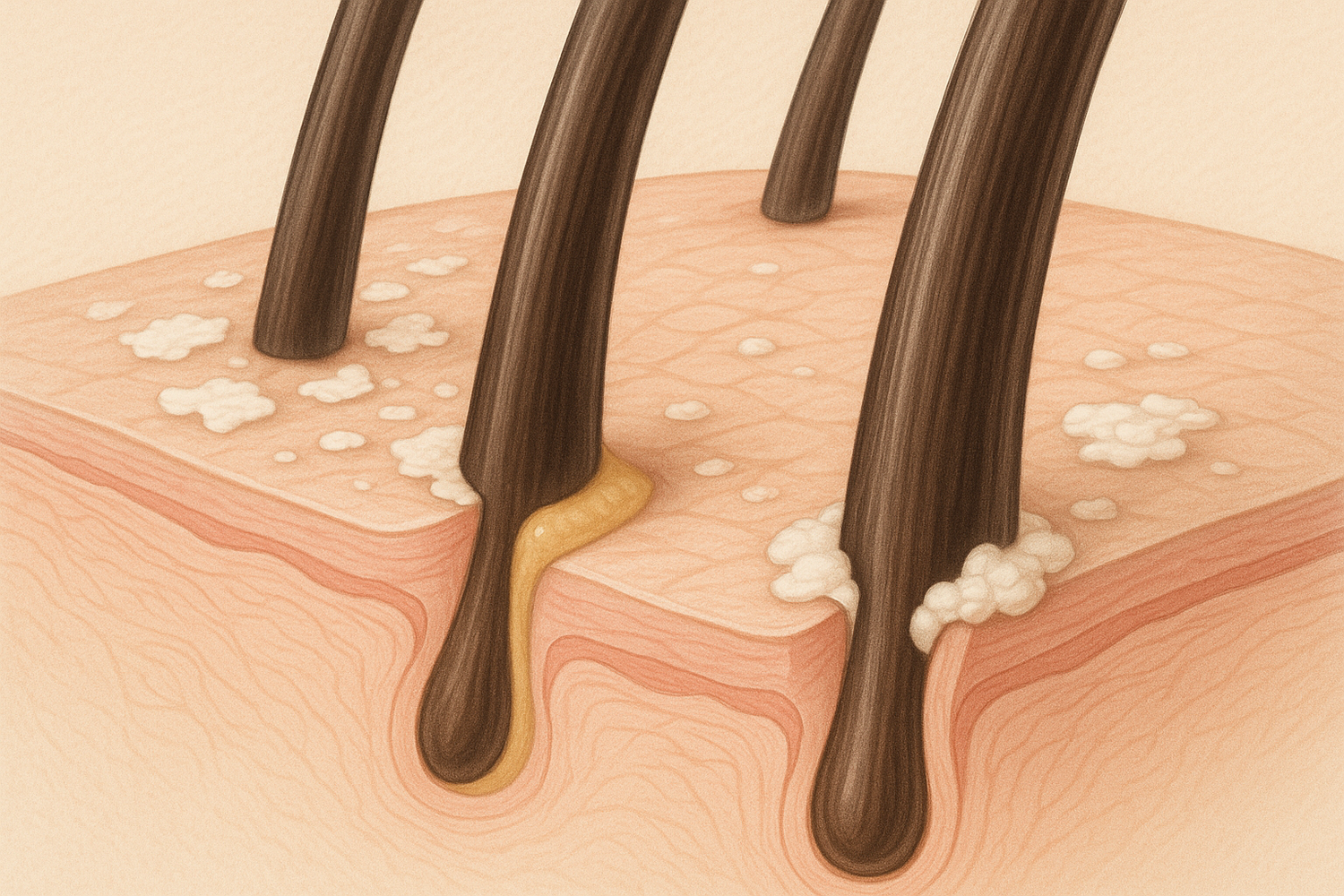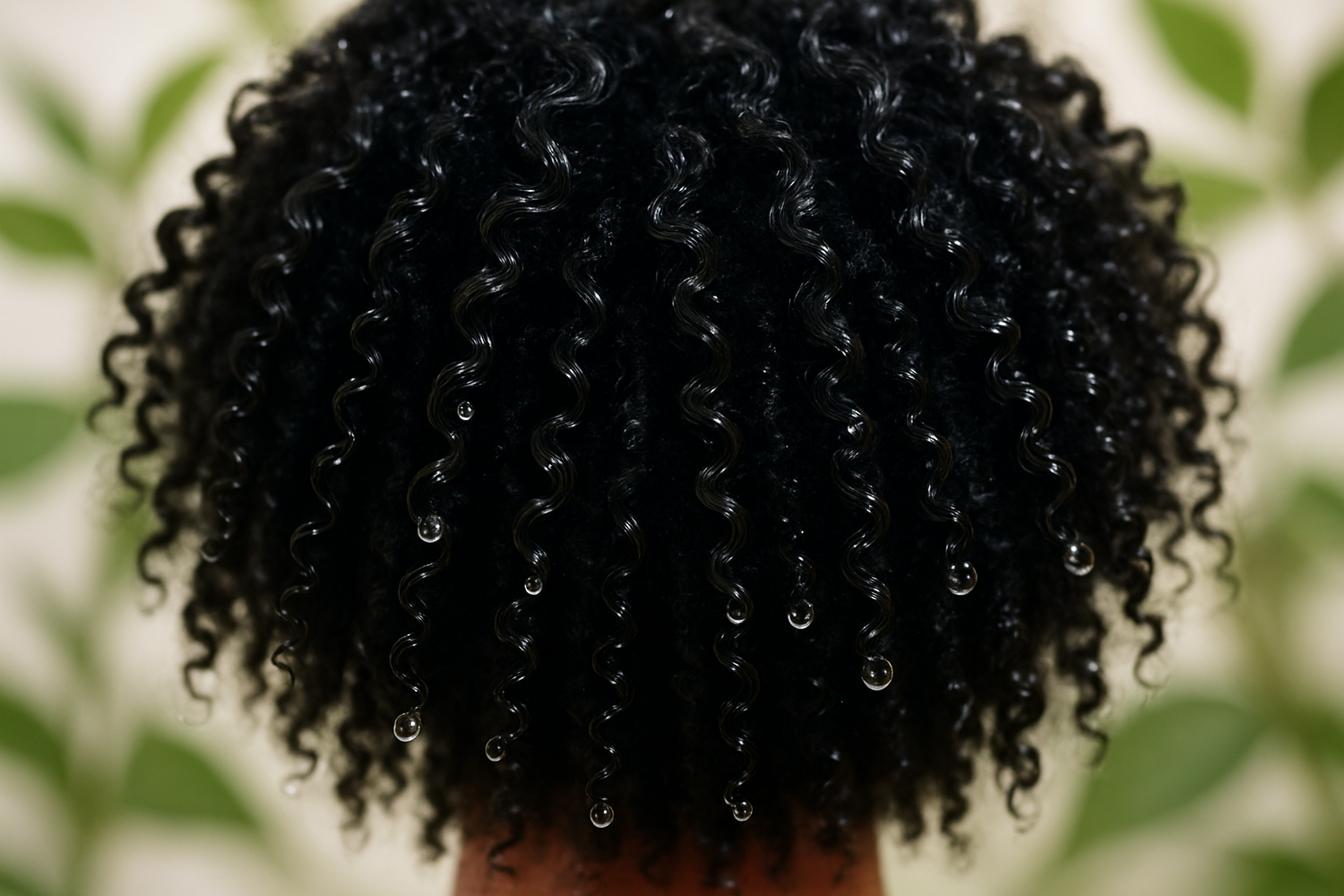High-porosity hair is known for its ability to absorb moisture quickly, but it’s also prone to losing that moisture just as fast. This characteristic makes deep conditioning an essential part of the hair care routine for individuals with high-porosity hair. By following the steps below, you can ensure your hair stays hydrated, strong, and healthy.
1. Choose the Right Deep Conditioner
The foundation of effective deep conditioning is selecting the right product. Here’s what to look for:
-
Hydrating Ingredients: Ingredients like shea butter, aloe vera, coconut oil, and glycerin are excellent for locking in moisture. These help replenish hydration and combat dryness.
-
Protein Enrichment: High-porosity hair often has gaps in the cuticle, making it susceptible to damage. Look for deep conditioners with keratin, silk protein, or hydrolyzed wheat protein to strengthen and repair your strands.
-
Avoid Heavy Silicones: While silicones can temporarily smooth hair, they might not provide the long-term hydration high-porosity hair needs.
2. Prep Your Hair
Proper preparation ensures the conditioner penetrates effectively:
-
Start with Clean Hair: Wash your hair with a gentle, sulfate-free shampoo to remove product buildup that can block the conditioner’s absorption.
-
Detangle Before Application: Use a wide-tooth comb or your fingers to gently detangle your hair, reducing the risk of breakage.
3. Apply the Deep Conditioner
To maximize results, follow these application tips:
-
Section Your Hair: Divide your hair into 4–6 sections to ensure the product is distributed evenly.
-
Focus on the Ends: Apply the conditioner generously, concentrating on the ends, as they are often the driest and most damaged part of the hair.
-
Use a Detangling Brush: After applying, use a detangling brush to evenly distribute the product and ensure each strand is coated.
4. Enhance Product Penetration
High-porosity hair benefits greatly from heat during deep conditioning:
-
Use Heat Tools: A hooded dryer, steamer, or heat cap can help open the hair cuticle, allowing the conditioner to penetrate deeply.
-
DIY Heat Solution: If you don’t have heat tools, wrap your hair in a warm towel or use a plastic cap to trap your body’s natural heat.
5. Timing Is Key
Follow these timing guidelines for optimal results:
-
Set a Timer: Leave the deep conditioner on for 20–30 minutes, as recommended by most product instructions. Avoid over-conditioning, as it can leave your hair feeling overly soft and limp.
6. Rinse Thoroughly
Rinsing is a crucial step to seal in the benefits of deep conditioning:
-
Use Cool Water: This helps to close the hair cuticle, locking in moisture and nutrients.
-
Avoid Hot Water: Hot water can lift the cuticle, undoing the benefits of the treatment.
7. Seal and Style
To maintain the benefits of deep conditioning, complete your routine with these steps:
-
Apply a Leave-In Conditioner: This adds an extra layer of moisture and protection.
-
Seal with Oil: Use lightweight oils like argan or jojoba oil to lock in hydration.
-
Style Gently: Choose low-manipulation or protective styles to minimize moisture loss.
Extra Tips for Deep Conditioning Success
-
Frequency Matters: Deep condition your hair once a week or every other week, depending on your hair’s needs.
-
Alternate Treatments: Alternate between moisture-focused and protein-rich conditioners to maintain a healthy balance.
-
DIY Options: For a natural approach, try a DIY deep conditioner made with avocado, honey, and coconut milk for intense hydration.





